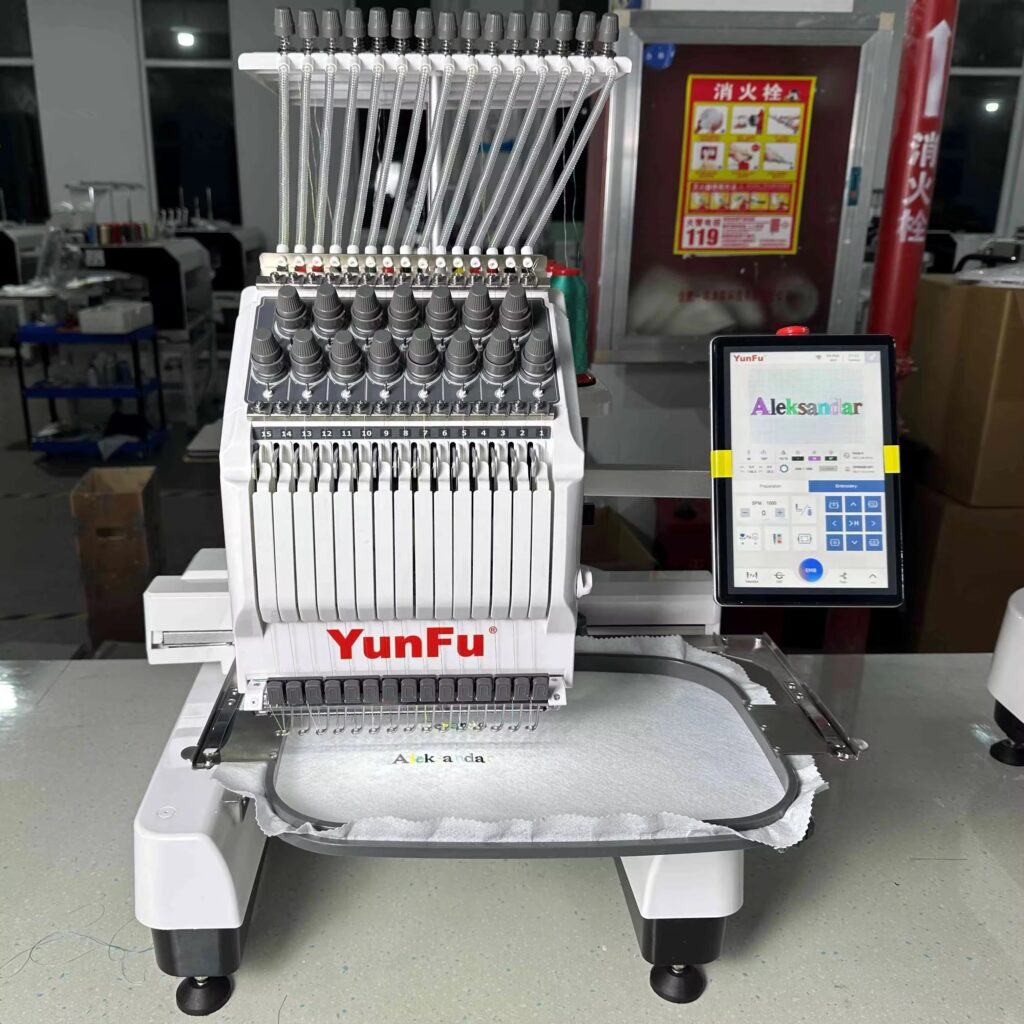You have a low-resolution logo, a hand-drawn sketch, or a beloved photograph that you need turned into a clean, scalable vector file. Whether it’s for a large-format print, custom embroidery, or to refresh your branding, you know you need a professional vector tracing service. Your first question is likely, “How much will this cost?” The answer is rarely a simple flat fee. Understanding Vector Tracing Pricing requires looking at a few key variables that services use to quote a project. The cost can range from a few dollars for a simple graphic to over a hundred for an incredibly complex image.
Quoting vector art isn’t like buying a product off a shelf. It’s a professional service where time, skill, and detail directly influence the price. By knowing what factors drive the cost, you can better prepare your artwork, set a realistic budget, and communicate effectively with your chosen service to get the best possible result for your investment. Let’s break down the elements that determine the final price of a vector tracing service.
1. Image Complexity: The Biggest Cost Driver
This is the single most important factor in determining the price. A service isn’t just charging for the final file; they are charging for the time it takes a skilled designer to recreate your image accurately.
-
Simple Logos ($5 – $25): These are images with clean, clear shapes, solid colors, and minimal detail. Think of a basic text-based logo with a simple icon. They are quick and straightforward to trace.
-
Example: A company name in a standard font with a solid circle behind it.
-
-
Moderately Complex ($25 – $75): This category includes logos with more detail, gradients that need to be simplified into solid color fields, or images with more intricate shapes. A detailed illustration or a logo with multiple elements falls here.
-
Example: A mascot logo with several distinct parts, a detailed badge, or a design with subtle shadows that need interpretation.
-
-
Highly Complex ($75 – $150+): This is for the most demanding projects. This includes detailed technical illustrations, complex portraits, or images with vast amounts of fine detail like hair, fur, or intricate patterns.
-
Example: A detailed vector portrait of a person or animal, a complex architectural drawing, or a highly detailed fantasy illustration.
-
2. The Source Image Quality
The file you provide to the service sets the stage for the entire project. A high-quality source image makes the designer’s job easy and fast. A poor-quality image makes it difficult and time-consuming.
-
High-Resolution & Clear (Lower Cost): A crisp, high-resolution JPG, PNG, or even a rough sketch on a white background gives the designer a perfect roadmap. They can clearly see all the lines, shapes, and edges, allowing for a quick and accurate trace.
-
Low-Resolution & Blurry (Higher Cost): A tiny, pixelated, or blurry image forces the designer to guess what the original shapes are supposed to look like. This “artistic interpretation” takes significantly more time and skill, which will be reflected in the price.
-
Physical Photo or Messy Sketch (Highest Cost): If you send a photograph of a sketch on a crumpled piece of paper or a low-contrast image, the designer must spend extra time just cleaning up and interpreting the artwork before they can even begin tracing. Expect to pay a premium for this.
3. The Number of Colors
While vector files use paths and not pixels, each solid color area is a separate object. More colors mean more objects for the designer to create and manage.
-
1-3 Colors (Lower Cost): A simple, flat color design is the fastest to create. Think of classic screen-printing designs.
-
4-10 Colors (Moderate Cost): As the color count increases, so does the time spent selecting Pantone colors, creating separate layers, and ensuring everything is perfectly aligned.
-
10+ Colors / Gradients (Higher Cost): Designs with many colors or complex gradients that need to be recreated using gradient meshes are very labor-intensive. This is advanced vector work that commands a higher price.
4. The Required Format and Usage
What you need the final vector file for can also impact the price. Different end uses require different levels of file preparation.
-
Basic File Delivery: You just need a standard AI, EPS, or PDF file. This is usually included in the base price.
-
Specific Formatting: If you need the file meticulously organized with layers named, specific color codes (Pantone, CMYK, RGB), or saved in multiple versions for different uses, this extra organization will add to the cost.
-
Print-Ready Setup: If the service needs to set up the file for a specific large-format print process or ensure it meets a printer’s specific guidelines, this requires additional expertise and time.
5. Turnaround Time
Every service has a standard turnaround, usually between 24 and 72 hours. If you need your project completed faster, you will pay a rush fee.
-
Standard Turnaround (Included in Base Price): 2-3 day delivery.
-
Express Service (+25% – 50%): 24-hour delivery.
-
Same-Day Rush (+50% – 100%+): Delivery within a few hours. This premium fee compensates the designer for reprioritizing their entire workflow to focus on your project immediately.
6. The Service Provider
Where you get your vector tracing done also affects the price range.
-
Freelance Platforms (e.g., Fiverr, Upwork): You can find very low prices here, but quality can be a gamble. Always check reviews and portfolios. Prices are highly competitive.
-
Specialized Design Studios: These companies focus solely on services like vector tracing. They often have streamlined processes and quality control, resulting in reliable (but slightly higher) prices and excellent customer service.
-
Full-Service Design Agencies: These are the most expensive option. You are paying for top-tier talent, extensive project management, and guaranteed results. This is typically for large clients with big budgets.
How to Get the Best Quote and Value
-
Provide the Best Possible Image: Always send the highest resolution version of your image you have. If it’s a sketch, redraw it as neatly as possible on a clean, white sheet of paper and take a good, bright picture of it.
-
Be Clear About complexity: Honestly assess your image. Don’t call a highly complex illustration “simple” to get a lower quote; this will only lead to misunderstandings and requotes.
-
Specify the End Use: Tell the service what you need the vector for (e.g., “vinyl cutting,” “embroidery digitizing,” “large format banner printing”). This helps them deliver the right kind of file.
-
Ask for a Sample: Reputable services will often trace a small portion of your image for free to show you their quality and give an accurate final quote.
-
Plan Ahead: Avoid rush fees by planning your projects and allowing for standard turnaround time.
Conclusion: An Investment in Quality
While it might be tempting to choose the absolute cheapest option, remember that vector tracing is an investment. A well-traced vector file is a versatile asset you can use for years across countless applications—from business cards to billboards. A poorly traced file will be riddled with errors, too many anchor points, and messy paths, causing problems down the line with printers or manufacturers.
By understanding the factors that influence vector tracing pricing—complexity, source image, colors, and turnaround—you can become an informed buyer. You can provide the right information to get an accurate quote and choose a service that offers the perfect balance of quality and value for your specific project. Investing in a professionally traced vector ensures your design looks crisp, professional, and scalable everywhere it’s used.

